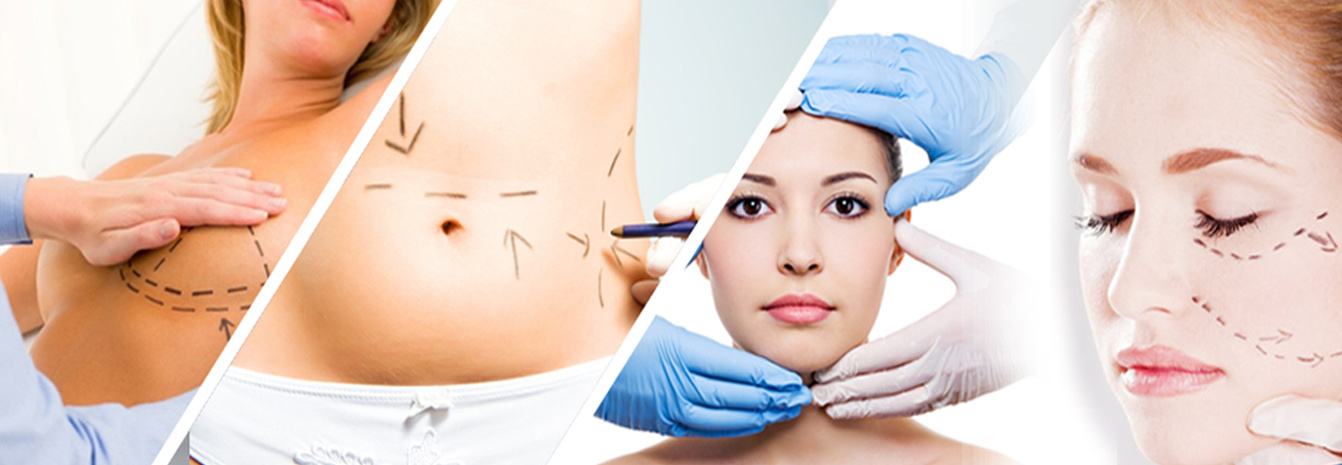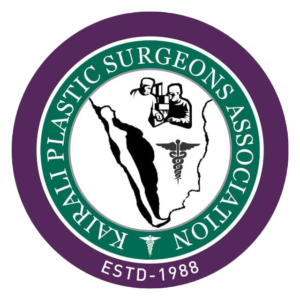
- Abdominal Wall Reconstruction
- Acute Trauma Management
- Breast Reconstruction
- Brachial Plexus and Peripheral Nerve Surgeries
- Burns And Reconstructive Surgeries
- Chest Wall Reconstruction
- Cleft And Craniofacial Surgeries
- Congenital Deformities
- Diabetic Foot & Its Management
- Gender Confirmation Surgeries
- Hand Surgeries
- Head & Neck Reconstruction
- Micro Vascular surgery
- Negative Pressure Wound Therapy
- Pressure Sore And Reconstructive Procedures
- Regenerative Medicine
- Tissue Expansion
INTRODUCTION:
The reconstruction of chest wall defects is integral to protection of intra-thoracic organs and an adequate respiratory function. It is based on the tissues lost and their respective function. Any repair must consider the underlying thoracic organs as well as skeletal support and soft tissue coverage. Chest wall defects can be divided into congenital and acquired problems. Most congenital problems are usually non-functional and are of concern primarily from an aesthetic point of view. Acquired problems most often follow open heart surgical procedures, but may also be due to tumor extirpation and trauma. Flap reconstruction has significantly decreased the mortality of sternal wound complications as compared to local wound care alone. Complete sterna wound debridement is a necessary first step.
GOALS OF RECONSTRCUTION:
- To obliterate dead space
- To restore chest wall rigidity
- To protect the intra- thoracic organs
- To provide soft tissue cover
- To minimize deformity.
PROCEDURES:
Incorporates skeletal stability and soft tissue cover. Skeletal stability is established first. Usual criteria for reconstruction is any defect more than 5cms or more than 4 ribs
SKELETAL RECONSTRUCTION:
includes use of synthetic or biological mesh. Titanium mesh or titanium plates are the commonly used materials for skeletal reconstruction. Titanium being inert provides better rigidity and strength. Allografts- usually for sternal defects made available from bone banks. Cadaveric bone grafts are harvested and undergo washing in NS and antibiotic solution for 72hrs. they are then irradiated and stored at -80° C. for use these grafts are defrosted to 4-6° C for 12 hrs and washed in normal saline and antibiotic solution till used.SOFT TISSUE COVER:
- LOCAL ADVANCEMENT FLAPS:applicable for small defects with minimal adjacent tissue morbidity.
- PEDICLED MYOCUTANEOUS FLAPS: most commonly used are the transverse rectus abdominis (TRAM) or the vertical rectus abdominis myo-cutaneous (VRAM) flaps. They provide sufficient vascularised tissue with good long term prognosis. Ventral abdominal wall hernias are a major limiting factor.
- MUSCLE FLAPS: Latissimus muscle flaps is a dependable flap in large defect reconstruction of the chest wall. Its major benefit is large flap that can cover the entire ipsilateral chest wall with a dependable blood supply.
Pectoralis major is another major flap to cover defects in the sternal and antero-superior aspect of chest wall. Its dual blood supply permits the flap to be used as only a small muscle flap utilizing medial 2/3rds or complete mobilization as an island flap. The flaps may be raised again if further sternal resection is indicated. - FREE FLAPS: Transverse rectus abdominis myocutaneous (TRAM) flap may also be used as a free flap to cover the defect. Other options include anterolateral thigh flaps.
- OMENTUM MAJUS FLAP- used as an option if none of the aforementioned pedicled or free flaps are available. Pedicled omental flaps have the benefit of large flap that can be lifted to any position of the chest wall. Requires skin graft covers and presents possibility of abdominal morbidity and bleeding, infections, perforations. Used as a fallback option when none are available.
Risks
- Infections with sternal wires or mesh in situ (periprosthetic infcetion)
- Failure to obliterate dead space
- Rigid sternal fixation
- Ventral abdominal wall hernias, peritonitis and bowel obstruction/ perforation especially with omental flaps
